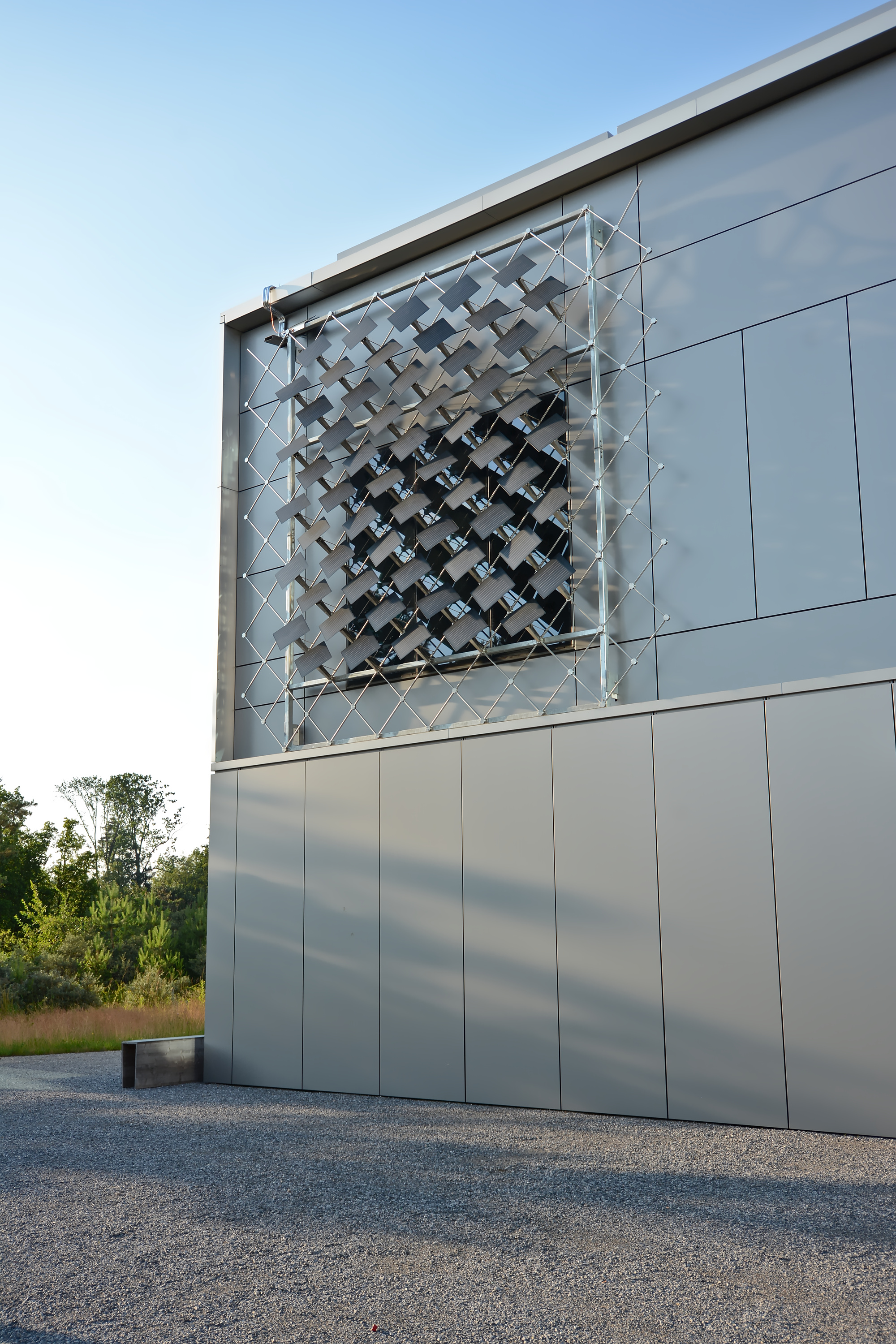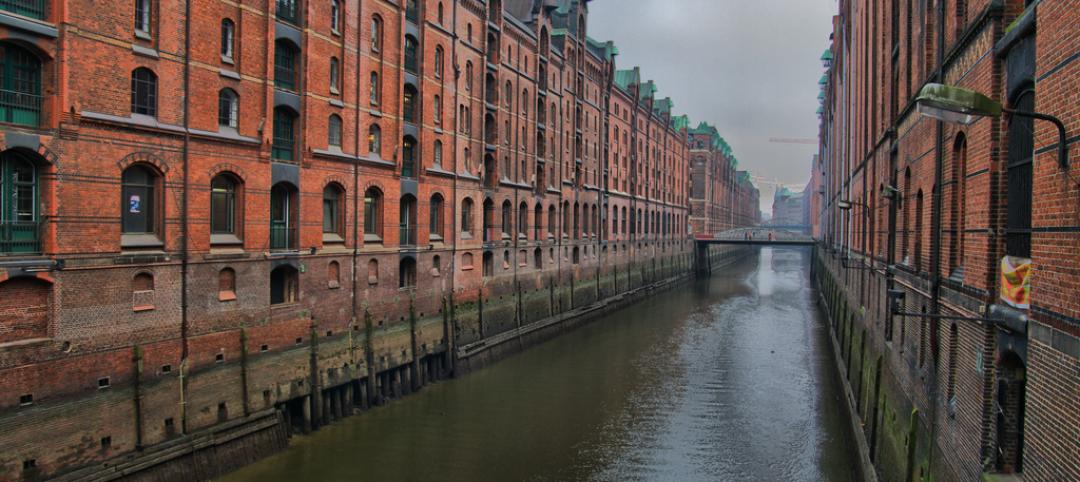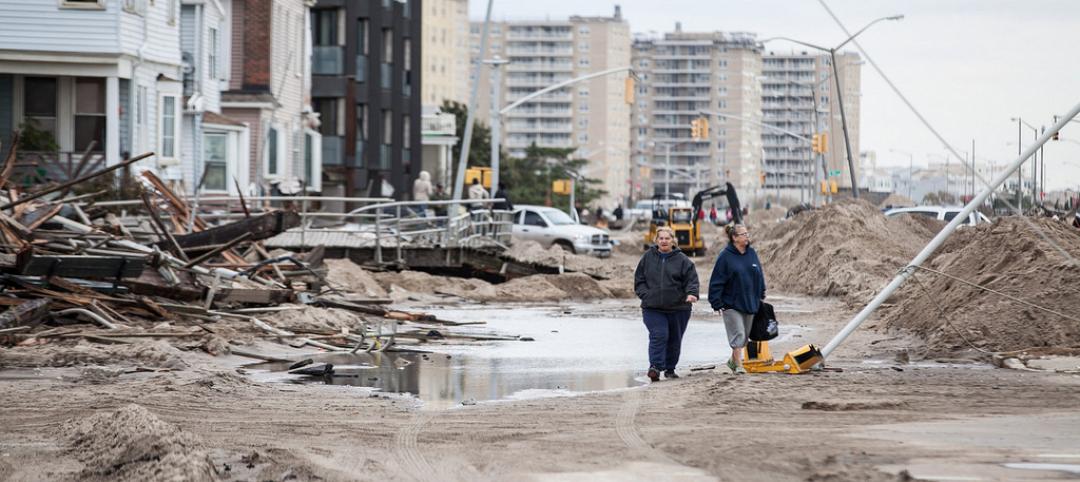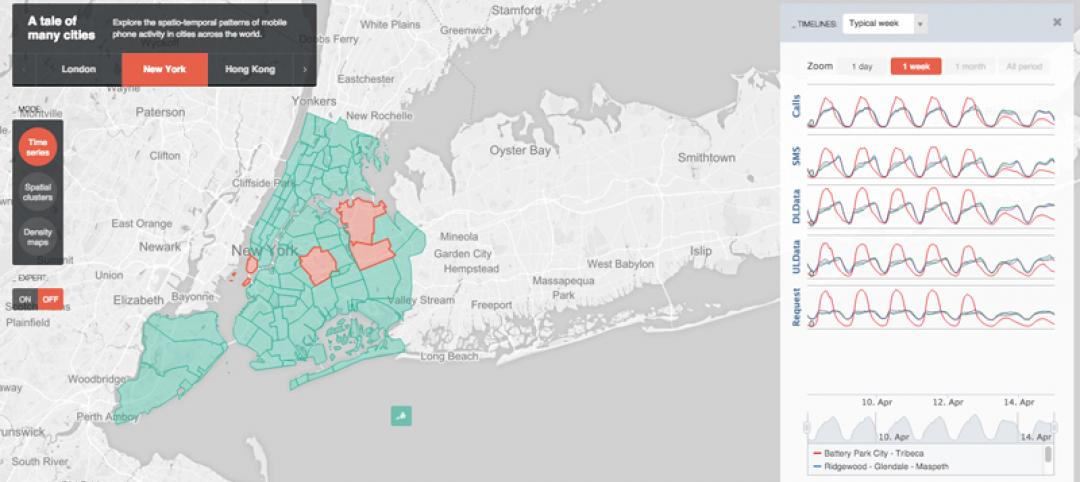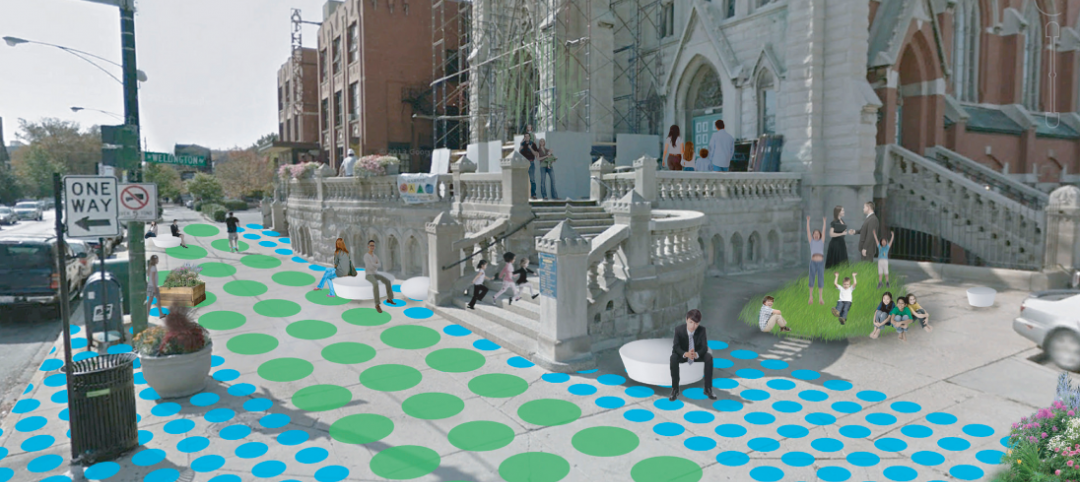A Swiss startup, Zurich Soft Robotics, has devised a photovoltaic façade that tracks and moves with the sun. The company calls Solskin the first commercially available intelligent climate-adaptive building envelope.
Developed by architects and robotics researchers at Swiss research university ETH Zurich, the Solskin hardware comprises adjustable photovoltaic modules that serve a dual purpose: producing renewable electricity while also shading the interior.
The PV modules are mounted on a modular structure that includes all the wiring. The dynamic, lightweight system can be used on both new buildings and façade renovations. Through testing, the team also has confirmed the system’s extreme weather resistance.
When placed in front of a building’s windows, Solskin can reduce building energy consumption by up to 80%, according to ETH research. The solar-tracking modules produce up to 40% more electricity than comparable façade systems. In some cases, such as a south-facing glazed office space in Zurich, the Solskin system can cover the building’s entire energy consumption.
Zurich Soft Robotics’ recent innovation, Solskin AI, makes the system even smarter by leveraging predictive self-learning algorithms. With Solskin AI, the system can control the position of the solar modules in real time—achieving optimal energy efficiency and ensuring the comfort of occupants behind the Solskin facades. The use of AI helps address user preferences, weather conditions, and energy consumption.
Solskin’s moving elements constantly adapt to the environment, leading to increased comfort and reduced energy consumption—which will become increasingly critical with climate change.
All Solskin systems will have continuous AI updates, ensuring the energy-efficient, intelligent building envelopes are always up to date, with a focus on longevity and sustainability.
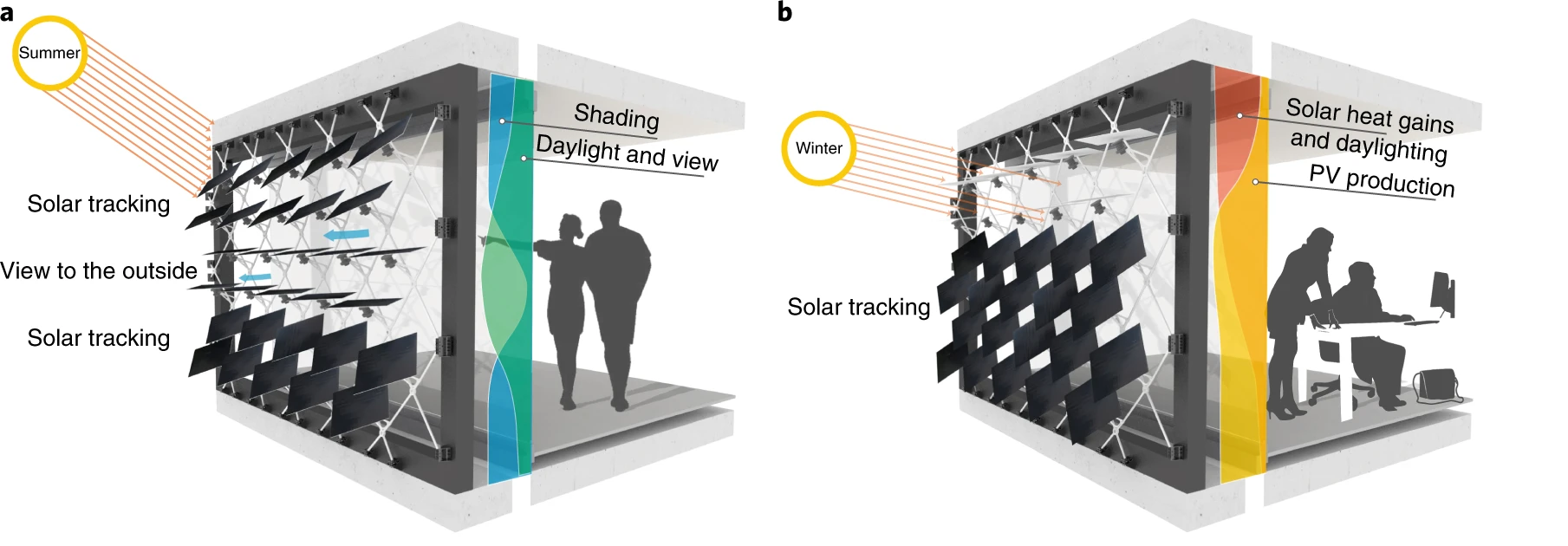
Related Stories
Smart Buildings | Nov 30, 2015
New neighborhoods in Hamburg, Germany resilient to flooding, carbon neutral
Mixed-use areas built on brownfields and derelict districts.
Smart Buildings | Nov 13, 2015
Miami Beach making plans to cope with rising sea levels, flooding
The city has turned to sea walls, raised streets, and pumping stations.
Smart Buildings | Nov 11, 2015
No eyes on the road: The impact of driverless vehicles
The idea that space can be repurposed by breaking dependence on the purchase, maintenance, and storage of a big machine is a great boon for the sustainable future of cities, writes SmithGroupJJR's David Varner.
Smart Buildings | Nov 9, 2015
White paper promotes incentives for improved disaster resilience
The white paper makes the case that the most cost-effective manner to achieve resilience is through a holistic and integrated set of public, private, and hybrid programs.
Smart Buildings | Nov 5, 2015
JLL names 10 emerging world cities
Mexico City, Shanghai, Istanbul, and seven other world-class cities have experienced rapid economic growth and real estate development.
Cultural Facilities | Oct 28, 2015
New York City’s underground 'Lowline' green space enters the testing phase
If realized, The Lowline would provide 1.5 acres of green space for the Lower East Side of Manhattan.
Seismic Design | Oct 22, 2015
Taipei 101 tower named 'world's toughest' building by Popular Mechanics
Popular Mechanics named the 10 structures that best withstand floods, winds, storms, and earthquakes.
BIM and Information Technology | Oct 19, 2015
New web tool from MIT organizes human movement in interactive graphs
Users can explore the mobile phone activities in London, New York, Los Angeles, and Hong Kong.
Smart Buildings | Oct 8, 2015
Brookings announces the Bass Initiative on Innovation and Placemaking
The think tank's goal is to stress public spaces, urban economies, and inclusive growth in city building.
Smart Buildings | Sep 28, 2015
Architects Foundation issues first annual report on National Resilience Initiative
The report, which includes the work of three schools, examines how architects work with communities through the National Resilience Design Network.


